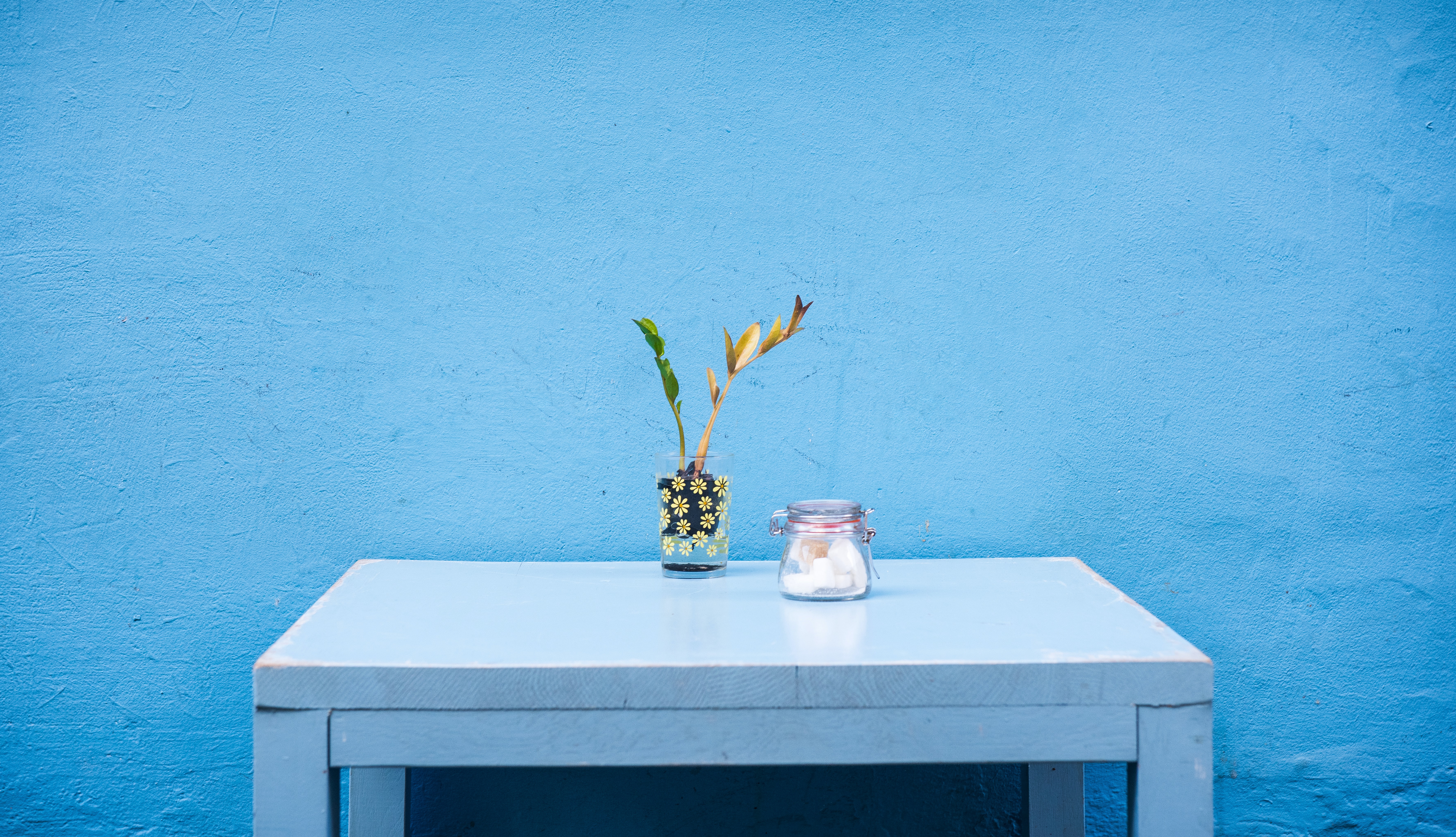This is Blog Post #3 in my Simplification Series: Take Advantage of the COVID-19 Quarantine to Simplify Your Life for Good. While the lockdown has ended (for now??), many of us are still spending most of our time at home, wishing our houses were less cluttered. Why not use this time to simplify your stuff?
A few years ago I became a “minimalist”. Not the kind that has one cup only and nothing on the walls. I became a rational minimalist, a term which I stole from Joshua Becker at becomingminimalist.com. It refers to someone who has “just enough” stuff to live and be happy, but not enough to drive themselves crazy. I wrote a blog, Minimalist in DC, which I’ve since taken down and tried basically every trick in the book to get rid of stuff. Through that multi-year journey, I found that there is one superior method to getting rid of stuff and I bet you’ve heard of it: it’s the KonMarie Method.
“Keep only those things that speak to your heart. Then take the plunge and discard all the rest. By doing this, you can reset your life and embark on a new lifestyle.“
Marie Kondo, The Life-Changing Magic of Tidying Up: The Japanese Art of Decluttering and Organizing
Simplify Your Stuff: Spark Joy
Marie Kondo’s The Life-Changing Magic of Tidying Up: The Japanese Art of Decluttering and Organizing has gotten a lot of press and its own TV Show. I didn’t expect it to be life-changing, but it f*cking was. I’ve gone back over the years to declutter using her guidance and I still fold my clothes in the “KonMarie” style to this day.
At the heart of her methodology is the idea that you should keep only the items that truly bring you joy. Pick every item up, one at a time, to get a sense for what makes you happy and then discard the rest. It’s so simple! And it works so well.
So, how do you do it? At its core, the KonMarie method is a two-step process:
- Discard
- Organize Completely
The KonMari Method: Discard
First, discard everything, by category, starting with your clothing and ending with mementos. How do you know what to get rid of? Pull everything out, pick up each item one by one and see if it “sparks joy”. Do you love this item or not? Listen to your gut – you should know immediately. If it doesn’t spark joy, then it’s got to go.
The end goal is that you’ll have a house filled with only the things that you love.
Marie Kondo argues that you need to tidy up your whole house all at once (over a period of about 6 months). It took me about two years. Once you get to a place where you’ve achieved perfect order and everything you own is something you love, you’ll never want to go back. In fact, she’s rolled out this method with hundreds of clients and, while some never get to a state of perfect order, those that have, she argues, never rebound.
Simplify Your Stuff: The Categories
There’s a special order to the categories that you declutter. This order exists because it takes time to learn to trust your gut when it comes to de-owning. Start with the easiest items and end with your sentimental ones. The order is:
- Clothing
- Books
- Papers
- Miscellaneous
- Sentimental Items
People, over the years, have developed some really detailed checklists that you can use such as this one or this one.
The KonMari Method: Organize Completely
The second step, after you’ve removed all items that don’t “spark joy”, is to organize completely. Using only the storage items (boxes, drawers, closets, etc) you have on hand, give every single item a place. Every single one. Once they have a place, you’ll have perfect order.
A Few Caveats
There are a couple common questions or things worth mentioning before you pick up a copy of the book yourself.
What if an item doesn’t “spark joy”, but is something you really need (like a suit that you wear at weddings and funerals)?
Kondo covers this question in her follow-on book, Spark Joy: An Illustrated Master Class on the Art of Organizing and Tidying Up. Spoiler Alert: The answer is that you keep the item, be thankful that it’s performing a service for you, and eventually replace it when you can.
What if you have kids or a spouse who won’t discard & organize?
Kondo specifically says you should not discard/organize for others. Only they can go through this journey for themselves and she says they usually start to do it on their own based on your example. My kids haven’t caught on yet, but at least our common spaces are more or less organized.
The book is peppered with allusions to inanimate objects having feelings.
For instance, “I pointed to the balled-up socks. ‘Look at them carefully. This should be a time for them to rest. Do you really think they can get any rest like that?’” While I’ve never fully bought into the idea that my house itself will be happier once I’m done organizing, Kondo’s ideas make so much sense that at this point I could less about how she developed them or about her relationship with her picture frames.
Try It!
Get the book. Read it (it’s a quick read) and try it out. I’m still happily organized five years after picking up the book, despite moving twice since I first organized. It’s not actually magic and it will take some work, but this is by far the best way I’ve found to simplify your stuff for good.

